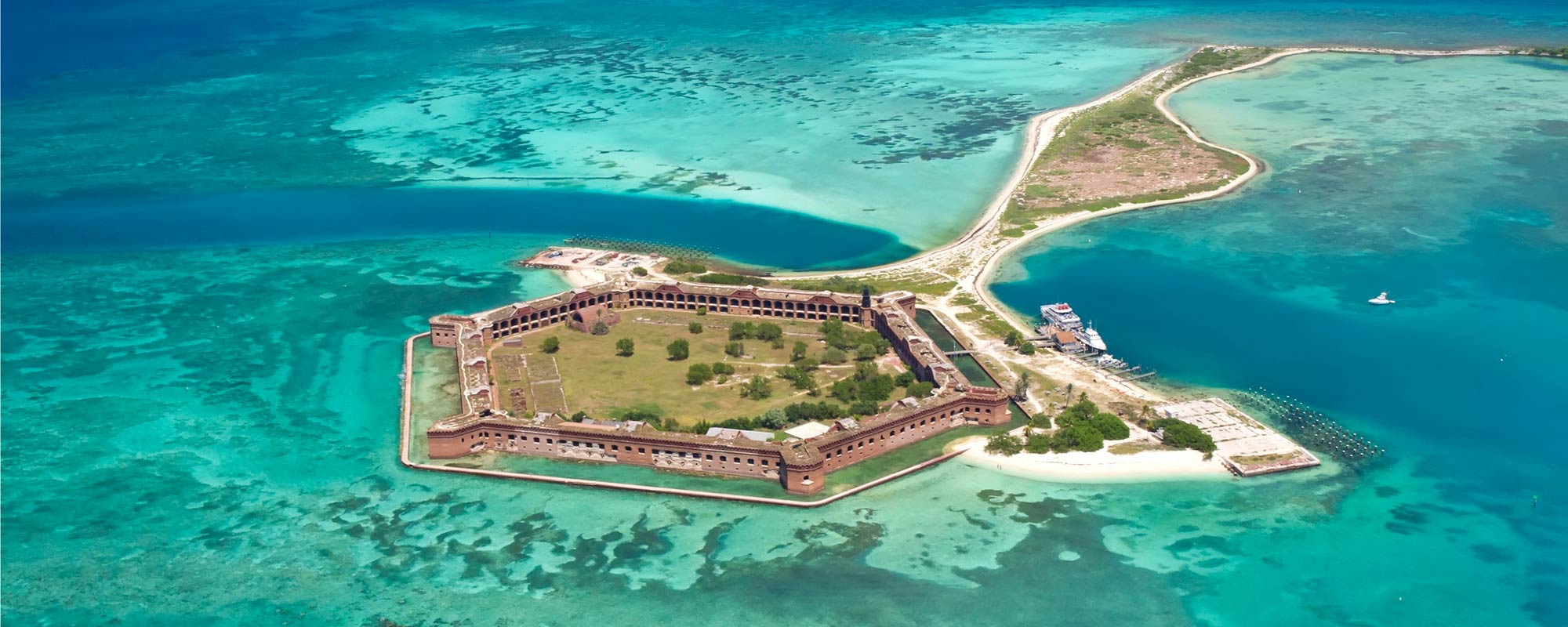
"DX" is a Morse Code shorthand for "distance" or "distant," and a DXpedition is an expedition to what is considered an exotic place by amateur (otherwise known as ham) radio operators, perhaps because of its remoteness, access restrictions, or simply because there are very few amateur radio operators on the air from that place. This could be a country, an island, or even a rare Maidenhead grid square. If they go to a very remote location, the ham radio operators on the DXpedition must bring all of their food, shelter, and equipment to the remote place so they can get on the air and talk to other amateur radio operators from around the world. The hams who go to great expense and sometimes at great risk of life and limb are a rare breed and they provide the rest of the world's amateur radio operators the opportunity to make contact with these rare entities so they can qualify for operating awards, such as DXCC.
While on the island of Saba in the Dutch Caribbean during the 2016 Dave Kalter Memorial Youth DX Adventure, James (WX4TV–Dad) and some other amateur radio operators discussed the idea of providing young hams with the opportunity to experience what it would be like to go on a "real" DXpedition, where they would operate in austere conditions from remote locations. The hope is to inspire the next generation of adventurous souls who will take their radios to remote locations around the world to get on the air.
Faith Hannah (AE4FH), Hope (KM4IPF), and Dad (WX4TV) were on the air via amateur radio from the Dry Tortugas National Park from December 14-17, 2018. This trip to the Dry Tortugas was a dry run to see if it is feasible to take other young amateur radio operators to the island to give them the experience of going on an amateur radio DXpedition. The trip was very successful and the plan is to form a 501-C3 non-profit to begin to take two or three young hams each year to the Dry Tortugas or other islands to give them this experience.
The Dry Tortugas are a desired entity in the amateur radio world and the team made 1970 HF contacts and 80 amteur radio satellite contacts during the three days that they were on the air from the island. The total operating time was a little over 36 hours. This could have been longer, but the weather didn't cooperate while they were on the island–the winds were over 25 MPH the entire time, sometimes reaching 40 MPH, and there were several periods of intense rain and lightning that required the team to go off the air.
To prepare for this trip, the girls and Dad camped in the Crane Point Hammock in the Florida Keys and operated during the RSGB IOTA Contest in late July, 2018. The girls gained experience in primitive camping skills, preparing food over open fires, and operating from a tent with battery and solar power.
Many people have asked us what equipment we took to the island. We will be making a few videos to post to YouTube to answer those questions soon, but in the meantime, please take a few minutes to look at the links below. We have posted links to many of the pieces of gear that we took with us. We have been tested and used these products for months and are able to HIGHLY RECOMMEND each one of these companies and the gear that they produce. Please be sure to check out their websites and take a look at what they have to offer!
"Thank you" to the many sponsors and friends that helped make this trip possible and successful. We may have been able to do it without you, but it would have been a LOT harder to do so!
